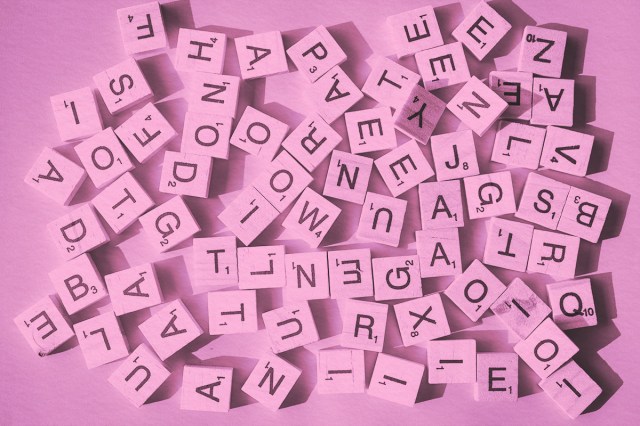
Some late-stage additions can really tie things together in an unexpected yet positive way. For example, the zany Mork character appeared in a later-season episode of Happy Days, and was so popular that he got his own Mork & Mindy spin-off. It’s hard to imagine Robin Williams’ comedy legacy without Mork’s distinctive “Na-nu na-nu” greeting. As another late-stage heavy hitter, we have the letter “J,” which was the final letter added to the Latin alphabet (the standard 26-letter alphabet used by most modern Western languages). It was missing a special something until the final letter filled the linguistic void in the early 17th century.
The modern Latin alphabet evolved from a combination of Anglo-Saxon runes and the ancient Latin script. In the fifth century, the Anglo-Saxons arrived in the British Isles and brought with them an alphabet that formed the basis for the Old English language. Later, in the seventh century, the Latin script, which is more reminiscent of the alphabet we use today, was introduced throughout the region,.
Latin and Old English were used concurrently for several centuries until the latter evolved into Middle English circa the early 11th century. Around this time, a hybrid alphabet emerged, consisting of 23 of the standard letters we still use today, plus three runic symbols to represent the sounds “th,” “wy,” and “eth.” The runic symbols eventually fell out of use, and the letters “U” and “W” were added to the Latin alphabet in the Middle Ages. Finally, in the 1600s, the 26th and final letter was added: “J.”
In ancient Roman numerals, swash symbols were used to denote the end of numeral sequences — the number 13, for example, sometimes appeared in text as “XIIJ” instead of “XIII.” But this “J” shape was solely for visual purposes, as there was no distinct “J” sound.
During the Middle Ages, the English language slowly incorporated sounds that were more similar to the modern “J” sound. People who wrote in classical Latin often used the letter “I” as both a vowel and a consonant, the latter of which was pronounced with a “Y” sound. Around the 14th century, the symbol of a “J” began appearing in text to specifically denote the consonant “I” that sounded like a “Y.” And throughout the late 15th and early 16th centuries, many scholars proposed the idea of formally adding “J” to the alphabet for this explicit purpose.
“J” was still rarely used by William Shakespeare’s time (1564-1616). In fact, first-edition copies of Shakespeare’s Romeo and Juliet from 1597 were titled Romeo and Iuliet. What’s more, the 1611 edition of the King James Bible featured “Iesus” (Jesus) and “Ioseph” (Joseph). At the time, it wasn’t called “the King James Version” yet, just “the Holy Bible,” so the cover or title page didn’t include a “J.”
In 1629, the Cambridge edition of the King James Bible became the first modern English text to print “J” as its own unique letter. This ushered in a new era of English printers using the letter “J,” which only became more popular with writers in the following decades. By the start of the 18th century, “J” had become a full-fledged member of the standard Latin alphabet.
For a brief period of time, “J” wasn’t actually the last addition to the Latin alphabet. The “&” symbol, now known as an “ampersand,” was a curious and temporary case, as it was briefly taught as the 27th letter. The symbol dates back to the first century CE and is used in place of the word “and.” It was taught as a letter of the alphabet beginning around 1835, primarily in England, where “&” appeared in alphabet books and was taught in schools. However, the symbol’s time as a member of the Latin alphabet was brief, and it was largely removed from books as well as the English school curriculum before the end of the 19th century. Since then, the standard Latin alphabet has remained at 26 letters.

















